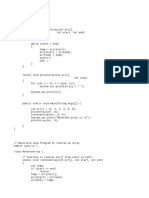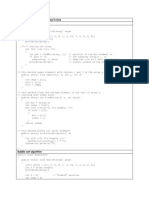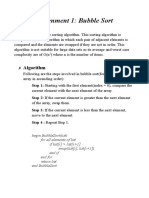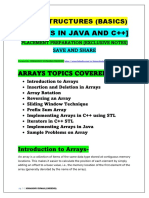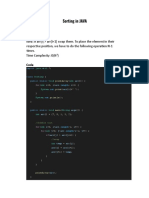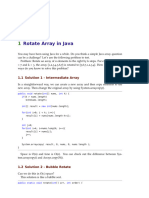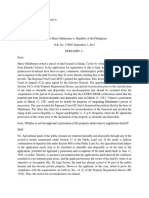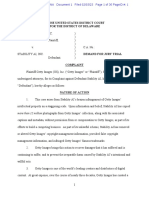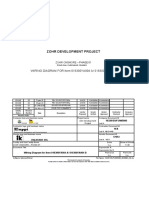0% found this document useful (0 votes)
25 views9 pagesL19-Block Swap Algorithm
The document describes the Block Swap Algorithm for array rotation, which efficiently rotates an array in O(n) time complexity. It provides examples of input and output for the algorithm, along with detailed steps and Java code implementation. The algorithm utilizes a block swap technique to rearrange elements based on a specified number of rotations.
Uploaded by
Kumar Arya 23bce10355Copyright
© © All Rights Reserved
We take content rights seriously. If you suspect this is your content, claim it here.
Available Formats
Download as PPTX, PDF, TXT or read online on Scribd
0% found this document useful (0 votes)
25 views9 pagesL19-Block Swap Algorithm
The document describes the Block Swap Algorithm for array rotation, which efficiently rotates an array in O(n) time complexity. It provides examples of input and output for the algorithm, along with detailed steps and Java code implementation. The algorithm utilizes a block swap technique to rearrange elements based on a specified number of rotations.
Uploaded by
Kumar Arya 23bce10355Copyright
© © All Rights Reserved
We take content rights seriously. If you suspect this is your content, claim it here.
Available Formats
Download as PPTX, PDF, TXT or read online on Scribd
/ 9















